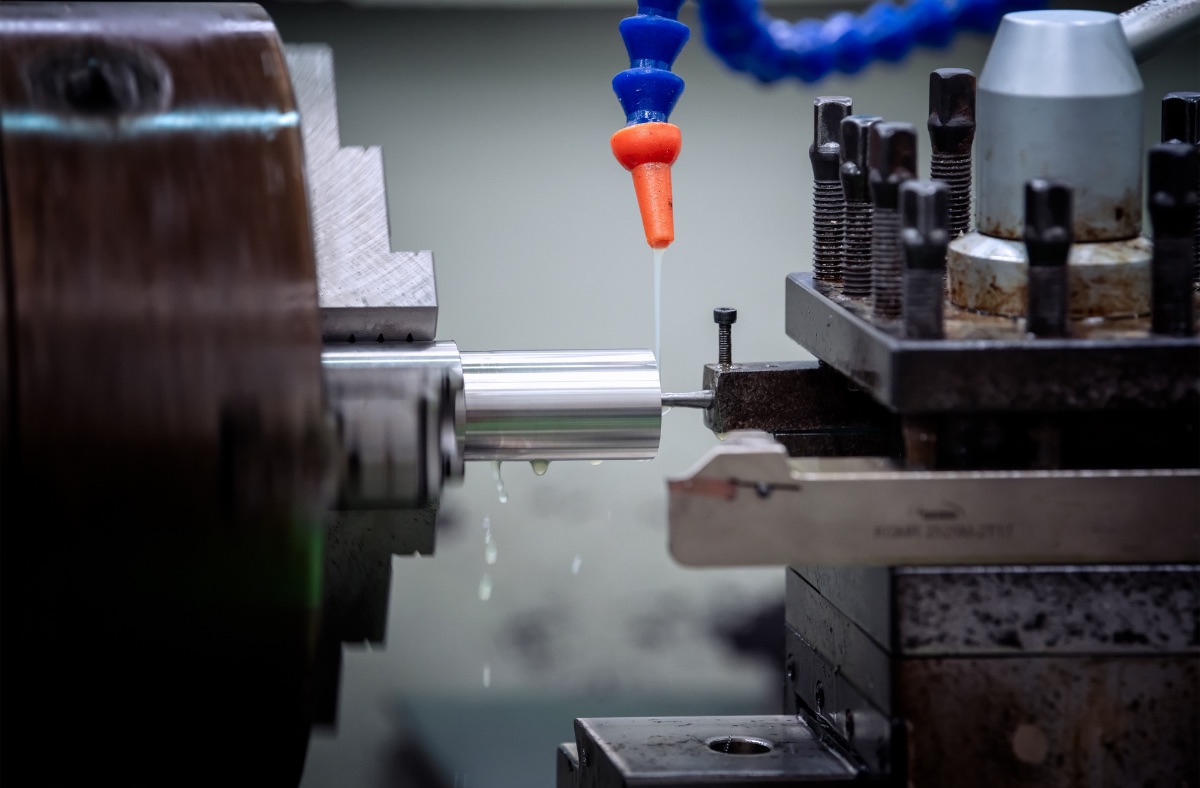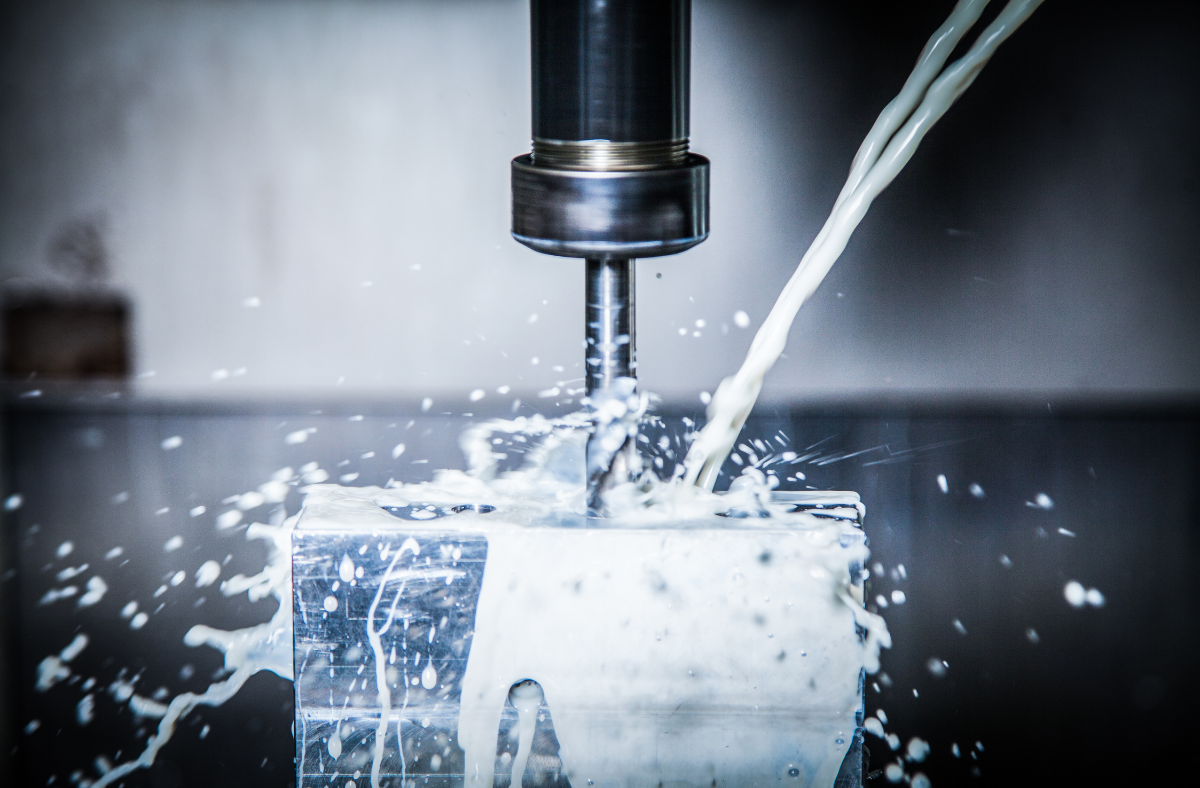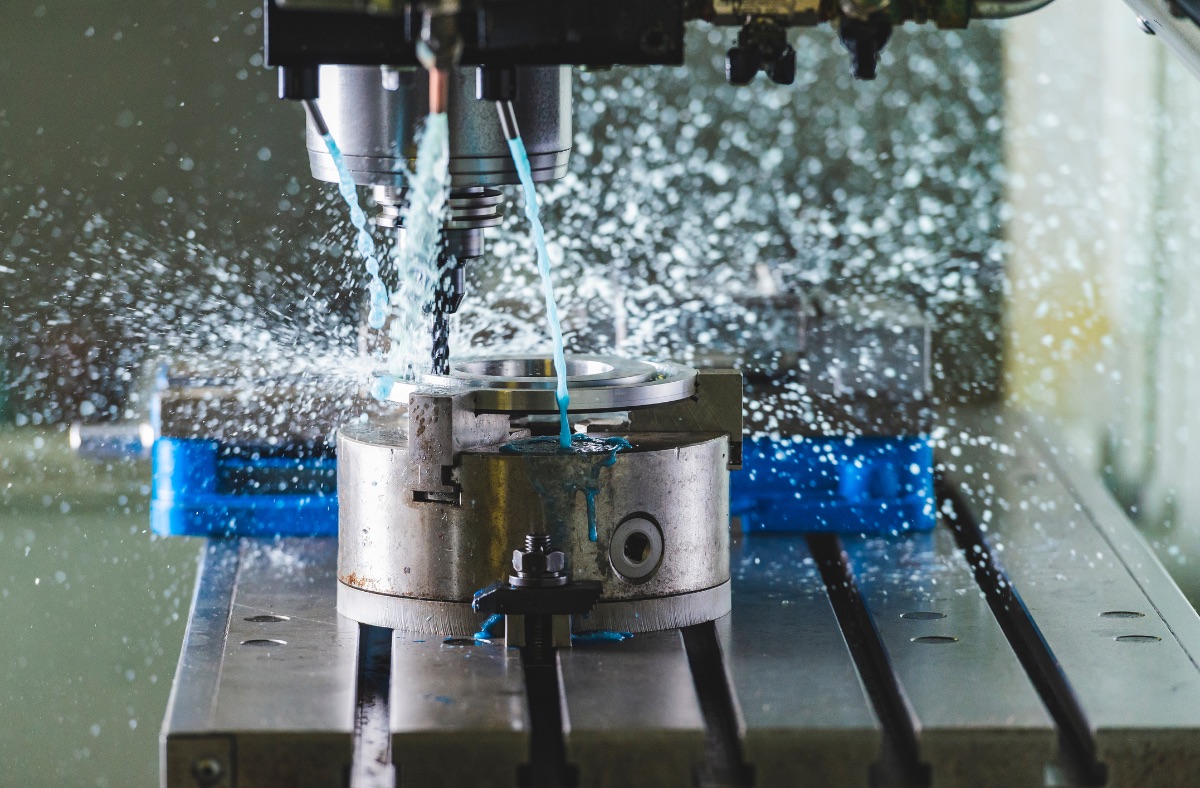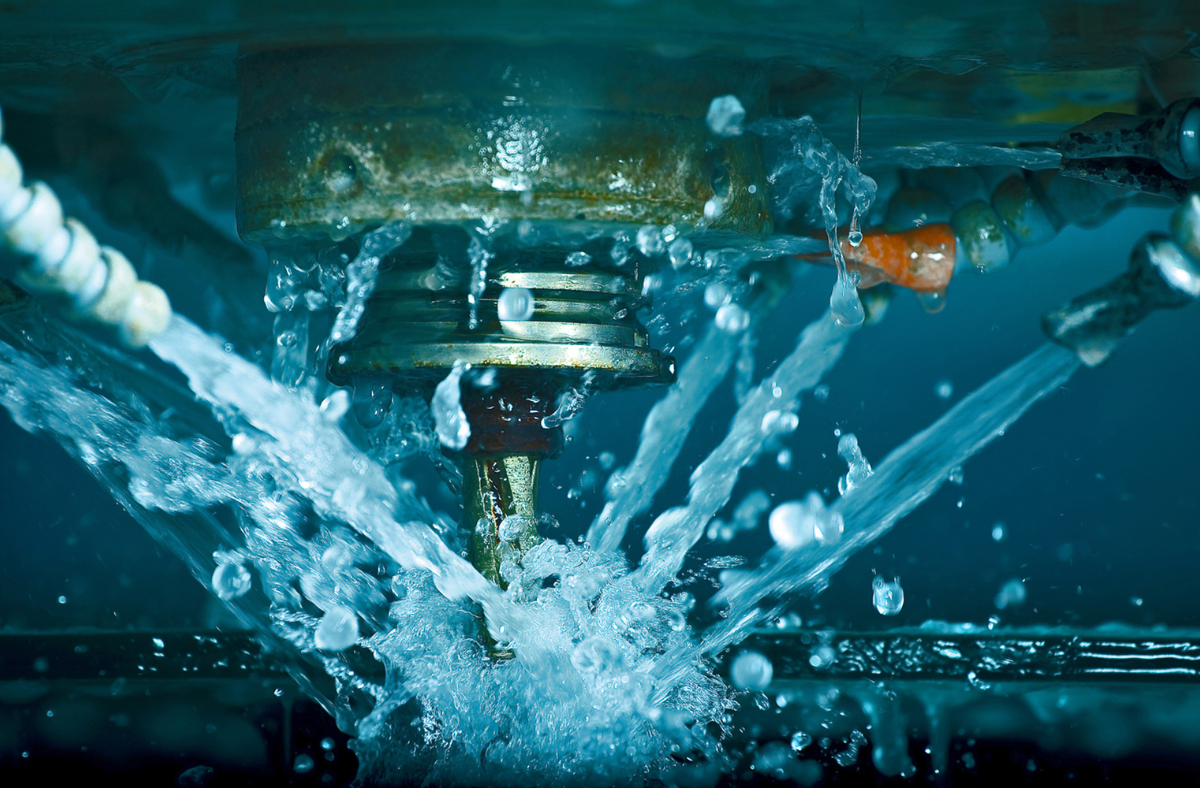Your Competitors are Embracing Coolant Process Automation - Shouldn't You?
Your Competitors are Embracing Coolant Process Automation - Shouldn't You?
Coolant process automation is changing the game for manufacturers, providing increased efficiency, cost savings, and improved product quality. By continuing to rely on manual processes, you might overlook the numerous advantages of automation.
Discover why disregarding coolant process automation is not an option and learn how to incorporate it into your business.
What is coolant process automation?
Coolant process automation employs advanced technology to manage and oversee coolant flow in manufacturing operations. Sensors, controllers, and software work together to maintain optimal concentration, pH, and coolant levels in CNC processes.
By automating this process, manufacturers can improve efficiency, reduce waste, and ensure consistent product quality. Automating the process can be utilized across many manufacturing processes, including but not limited to machining, grinding, and cutting operations. By incorporating automated systems like the Dazzle 2, businesses can enhance efficiency, productivity, and quality control.
The Primary Components of Coolant Process Automation
Sensors: Sensors play a critical role in coolant process automation. They monitor various parameters of the coolant, including its temperature, flow rate, concentration, and pH level. Any deviations from the set standard can be detected immediately, allowing for real-time adjustments.
Controllers: Controllers interpret data from the sensors and adjust the coolant's flow rate, concentration, and pH as needed. They help maintain the optimal balance of these parameters, ensuring the machinery operates at its peak performance.
Software: A sophisticated software system binds the entire coolant process together. It facilitates data collection, analysis, and reporting. It also provides alerts on any significant deviations or potential issues, enabling proactive maintenance and timely troubleshooting.
Benefits of implementing coolant process automation
Implementing coolant process automation in your manufacturing business can bring a range of benefits:
- Improved Efficiency: Coolant process automation removes the need for manual monitoring and adjustments freeing up staff time, enabling them to focus on more valuable tasks and increasing overall productivity.
- Reduced Waste: The system minimizes waste by precisely controlling the coolant flow and concentration, leading to significant cost savings.
- Consistent Product Quality: Maintaining a stable and optimal coolant environment ensures consistent tool performance, leading to uniform product quality.
- Enhanced Machine Lifespan: Regular monitoring and maintenance of coolant health can significantly extend the lifespan of the machinery and reduce downtime due to breakdowns or malfunctions.
Applications of Coolant Process Automation
Coolant process automation finds application in a wide range of manufacturing processes. In machining operations, it maintains the desired temperature, lubrication, and removal of chips from the cutting zone. It cools and lubricates the wheel and workpiece interface in grinding processes, ensuring superior surface finish and preventing thermal damage. And in cutting operations, it aids in heat dissipation, reducing tool wear and enhancing the life of cutting tools.
How to choose the right coolant process automation system for your business.
When choosing a coolant process automation system for your business, it's essential to consider a few key factors. Firstly, you'll need to assess your current manufacturing processes and identify areas where automation could bring the most benefits, including increased efficiency, reduced costs, and improved product quality.
You'll also need to consider your operation's size and complexity, budget, and any regulatory requirements that may apply.
Choosing a reputable supplier with a well-established reputation in the industry such as Zebra Skimmers is also highly recommended. It is crucial to ensure that your selected system is fully compatible with your existing equipment and software for seamless integration and optimal performance.
Finally, train your staff to use the new system and monitor its performance to ensure it delivers the expected results.
Case studies of successful implementation of coolant process automation in manufacturing businesses
If you still need to figure out whether coolant process automation is right for your manufacturing business, consider looking at case studies of companies that have successfully implemented it. These studies offer valuable insights into the advantages and obstacles of automation and practical tips to kick-start your journey.
Explore case studies of businesses comparable in size and industry to your own. Take note of recurring themes and recommended strategies. With relevant information and expert advice, you can confidently determine if coolant process automation is the optimal solution for your business.
For more information about coolant automation, please reach out to our experts at 440.528.0699.





